Definitions for Defective Pistachio Nuts – Nutex
What you are reading in this article ...
Definitions for Defective Pistachio Nuts - NutexClosed-Shell PistachiosPistachio SizesOther Defects of PistachiosSome Definitions of Defective Pistachio Nuts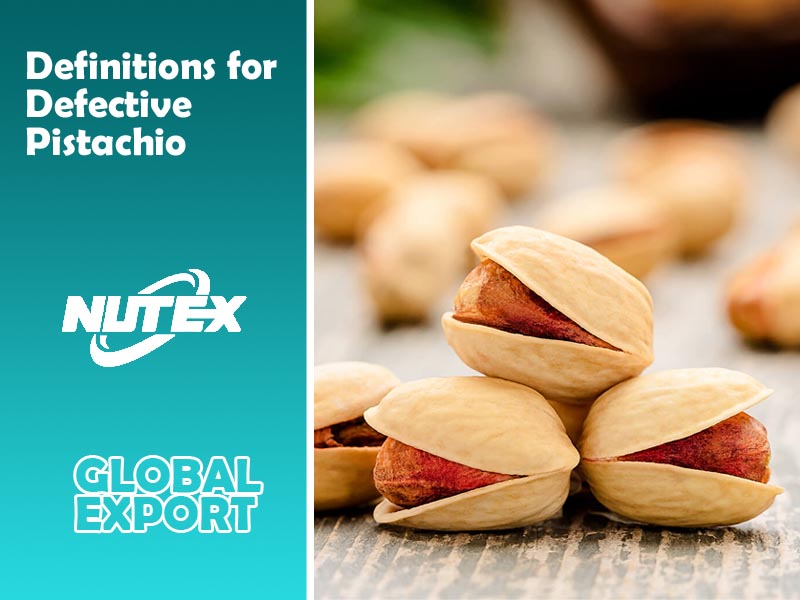
Definitions for Defective Pistachio Nuts – Nutex:Nutex Pistachios benefits from a professional team of processors and the most advanced machinery, processing tasks are carried out within a minimum period so that the product is maintained in optimum conditions of humidity and temperature, thus ensuring the quality of our pistachios.
Definitions for Defective Pistachio Nuts – Nutex
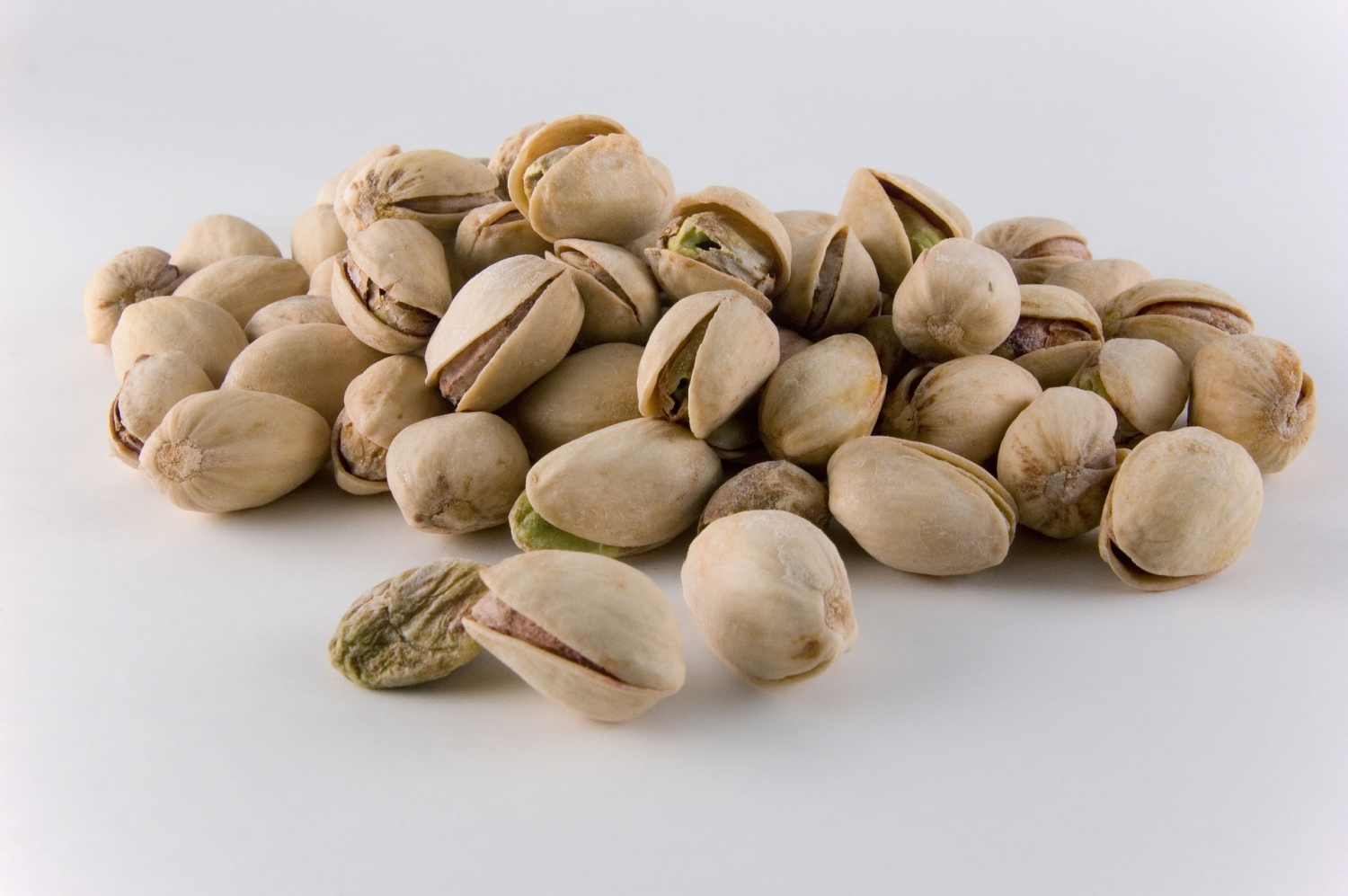
The extent of defective pistachio nuts determines the quality and price of each pistachio sample. Factors affecting the quality of pistachios include cleanliness and nice appearance of the skin, having a smooth color, smiling shells, beauty, and the integrity of the size. Thus, the number of closed-shell pistachios, small nuts, pistachios with undesirable shapes and appearances such as fractures and skewness of the shell, the presence of dark stains and lesions of pistachio skin, etc., determine the quality of a pistachio sample. Here we examine some of these problems and how to determine the type of pistachio based on the percentage of each of the undesirable factors in a pistachio load sample.
Closed-Shell Pistachios
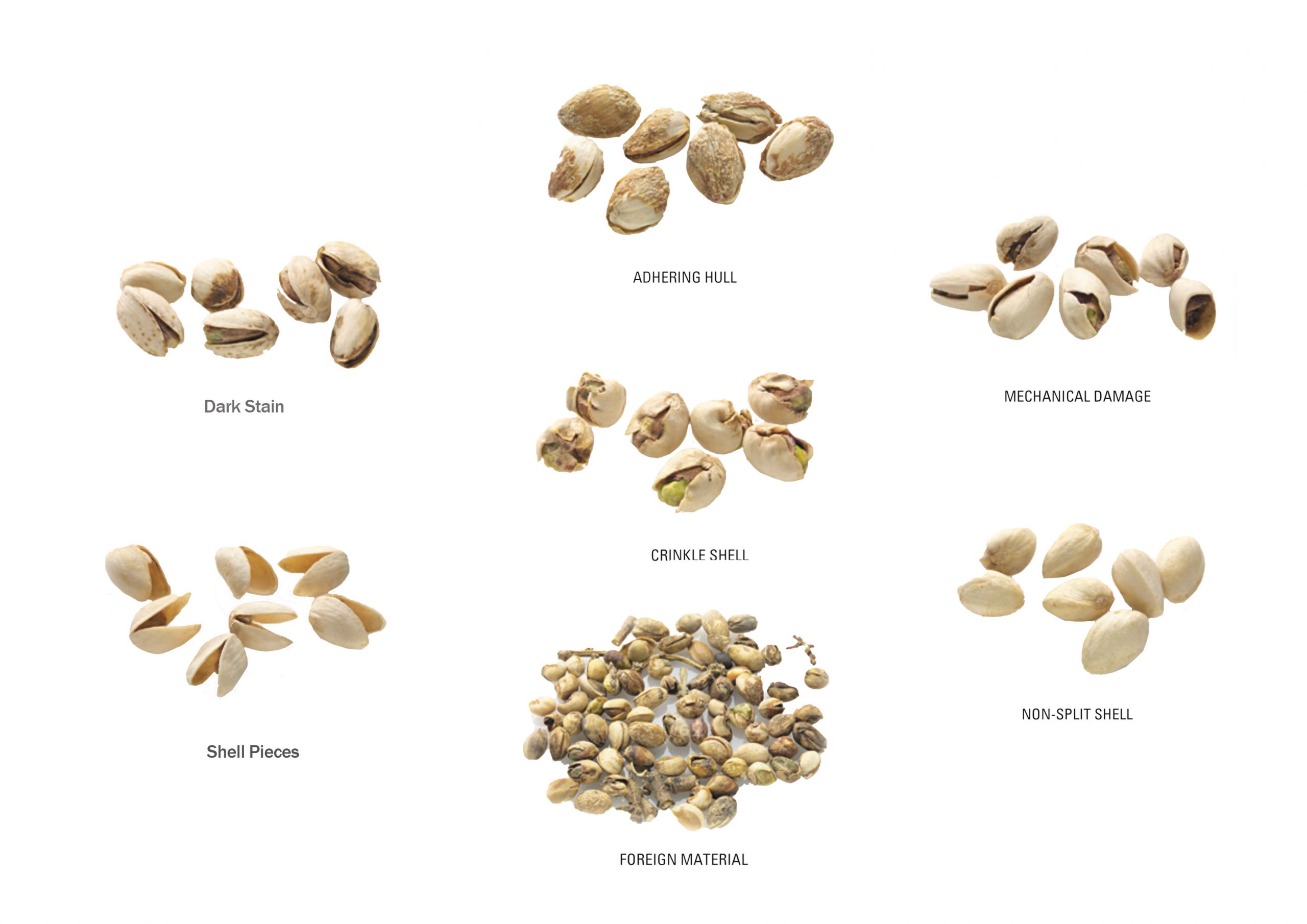
One of the defects of pistachio is the presence of closed-shell pistachios; because pistachios cannot be consumed as closed nuts. In the past, these pistachios were separated with the help of hands and today the mechanical devices do the job right. In addition, large quantities of pistachios are opened by mechanical devices. Pistachios that are cracked mechanically may appear deformed, which affects the quality of the sample.
Pistachio nuts are not the same size. Dried pistachios are mixed with some closed or so-called blind nuts. Open-shell pistachios are screened using machines, or they are hand-sieved by a variety of sieving nets to fit the sizes of different commercial pistachio cultivars. These nuts are then separated and classified. After grading the commercial pistachio cultivars, each sample is offered to the market at a special price.
Pistachio Sizes
Pistachios of the same garden are not of the same size and uniformity. Even if the garden trees are of the same cultivar in terms of variety and grafting and have the same general conditions, there are still some smaller and larger pistachios in the crop. For this reason, pistachio growers grade their garden product with pistachio sieves and then offer it to the market. At Nutex Pistachios we have the following standards:
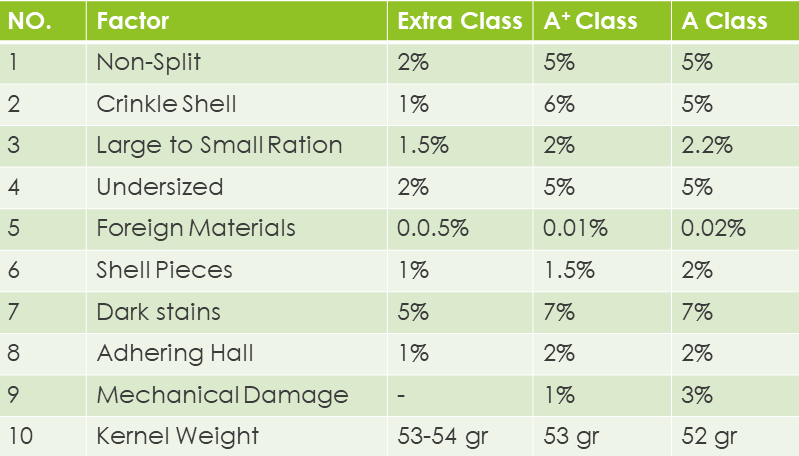
Other Defects of Pistachios
The presence of dark spots on the inner skin of pistachios dried outer skin attached to the inner shell and other wastes such as leaves and branches of pistachio, and the shell pieces also affect the quality of a pistachio sample. The fewer of these defects exist in the sample of pistachios, the better the quality and the higher the price.
Iranian pistachio traders and exporters also re-grade purchased pistachios more accurately. High quality or so-called excellent pistachios are completely uniform and consistent and each one is divided into small size and large size nuts.
Some Definitions of Defective Pistachio Nuts
The Institute of Standards and Industrial Research of Iran (ISIRI) defines standards for in-shell Iranian pistachio products and an abridged version of specifications including:
Foreign Materials: Glass, metal, and live insects are considered completely prohibited foreign materials. Acceptable foreign materials are pistachio-related debris such as hulls, stems, shells, and sand.
Variety: Iranian pistachios are categorized into two categories according to their shape: long pistachios, where the ratio of the length to the largest diameter is more than 1.52; and round pistachios, where the ratio of the length to the largest diameter is less than 1.52.
Non-uniformity of variety: The percentage of round pistachios in a sample of long pistachios or vice versa.
Non-uniformity of Size: Ratio of the total weight of the 10 largest nuts in a sample of 100 nuts to the weight of the smallest 10.
Large to small ration: Nuts may be considered as meeting a size designation specified or a range in the number of nuts per ounce, provided, the weight of 10 percent, by count, of the largest nuts in a sample does not exceed 1.50 times the weight of 10 percent, by count, of the smallest and the average number of nuts per ounce is not more than one-half nut above or below the extremes of the range specified.




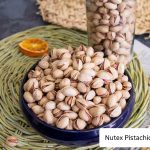
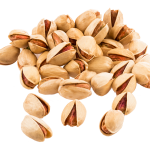
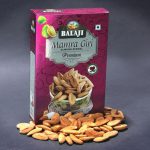
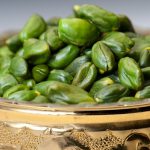
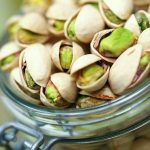
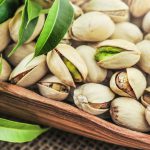
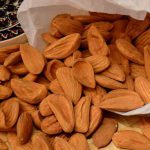
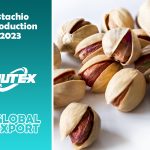
 NUTEXCO HEAD OFFICE
NUTEXCO HEAD OFFICE Te
Te Email:
Email: